(Page créée avec « Gas circuit - Flashback ») |
(Page créée avec « In any place where a flashback is feared, place a ball of iron straw or copper straw on the gas circuit. Through thermic conduction, it will decreases temperature and stif... ») |
||
| Ligne 255 : | Ligne 255 : | ||
{{Tuto Step | {{Tuto Step | ||
|Step_Title=Gas circuit - Flashback | |Step_Title=Gas circuit - Flashback | ||
| − | |Step_Content= | + | |Step_Content=In any place where a flashback is feared, place a ball of iron straw or copper straw on the gas circuit. Through thermic conduction, it will decreases temperature and stifle the combustion. Be careful however not to compact too much the metallic straw in the pipes, otherwise it would impede a good circulation of gas. |
Dans notre cas, pour éviter un retour de flamme vers le digesteur et surtout le ballon de stockage, nous installons de la paille de fer dans le tuyau au plus proche de la gazinière. | Dans notre cas, pour éviter un retour de flamme vers le digesteur et surtout le ballon de stockage, nous installons de la paille de fer dans le tuyau au plus proche de la gazinière. | ||
Version du 29 avril 2020 à 10:58
Description
Produces natural gas and fertilizer from our organic waste.
Sommaire
Sommaire
- 1 Description
- 2 Sommaire
- 3 Introduction
- 4 Video d'introduction
- 5 Étape 1 - Matter circuit - Digestor
- 6 Étape 2 - Matter circuit - Input
- 7 Étape 3 - Matter circuit - Overflow
- 8 Étape 4 - Matter circuit - Bonding and sealing
- 9 Étape 5 - Heat and Isolation
- 10 Étape 6 - Gas circuit
- 11 Étape 7 - Gas circuit - Digestor
- 12 Étape 8 - Methane
- 13 Étape 9 - Carbon dioxyde
- 14 Étape 10 - Water vapour
- 15 Étape 11 - Hydrogen sulphide
- 16 Étape 12 - Gas circuit - Storage
- 17 Étape 13 - Gas circuit - Flashback
- 18 Étape 14 - Circuit gaz - Combustion
- 19 Étape 15 - Circuit gaz - étanchéité
- 20 Étape 16 - Utilisation du digesteur - Alimentation
- 21 Étape 17 - Ensemencement
- 22 Étape 18 - Digestat
- 23 Notes et références
- 24 Commentaires
Introduction
A biodigestor is a solution to convert organic waste into fuel gas (biogas) and fertilizer (digestate). The biodigestor particularity is that digestion is done thanks to bacterias in an environment deprived from any oxygen. This situation is called anaerobic fermentation.
Biogas is a mix of different gases, containing mainly methane, which can be used for gas cookers, boilers or as fuel for engines.
Methanogen fermentation also exists in nature. For example, it happens in swamps when organic matter is decomposed underwater.
Biogas domestication happened in the beggining of the XIXth century, and the variety of biodigestors have considerably increased since then. They are particularly present in developing tropical countries, where farmers become autonomous in energy thanks to biogas production based on organic waste. Heat being an important catalyst of this reaction, small units are economically interesting in this area.
In France and other industrialized countries, the cost of energy being very low compared to workforce cost, only few small biodigestor units exist. However, many industrial units are present in wastewater treatment plants or around big breeding farms.
Different kind if biodigestors exist. They can be continuous or discontinuous, and also have different operation temperatures (psychrophilic : 15-25°C, mesophilic : 25-45°C or thermophilic : 45 – 65°C). In this tutorial, we are studying continuous mesophilic biodigestors à 38°C, which are the most commonly used in temperate regions.
The main feature of this system is its similarity to a digestive system. It also needs a certain temperature to be efficient, requires bacterias and receives food regularly.
In a compost, under aerobic conditions, decomposition of organic matter produces gas (H2S, H2, NH3) and an important amount of heat. Only decomposition deprived from air produces methane. It is one of the reasons why fermentation happens in a sealed tank.
In this tutorial, we will present the different components of a biodigestor (matter circuit and gas circuit) and how to use it.
This documentation realised with the association Picojoule describes fabrication of one of their micro-methanisation protypes. It does not provide full cooking gas autonomy but is a good introduction to methanisation. Hélie Marchand's half-burried digestor has a greater capacity : Biodigesteur.
These explanations are largely inspired from the work of Bertrand Lagrange in its books Biométhane 1 and 2, that we strongly recommand !
This work is free and open, do not hesitate to clarify and complete it based on your knowledge and experience.Youtube
Matériaux
Matter circuit
- 1 60 L can
- 1 160 mm plug
- 1 160-100 mm reducer
- 1 100-50 mm reducer
- 1 meter PVC 50 mm tube
- 4 45° 50 mm PVC MF bends
- 2 50 mm separable connections
- 2 50 mm through wall connectors
- 2 MM 50 mm sleeves
- 1 50 mm PVC plug
- PVC glue
- Etchant
- Joint compound for plumbing
Gas circuit
- 2 planar nuts 1/2’ for through wall gas connector
- 1 batch of planar joints
- 1 threaded tube of 1/2’
- 1 brass MF 1/2’ bend
- 1 connector FF 1/2’ gland nut
- 1 gas valve 15x21 MM
- 1 batch of hose clamps
- 1 gas pin 1/2’ F
- 5 m gas pipe
- 1 water filter
- 1 sulfur filter made of clay balls
- 2 gas valves
- 3 T gas pipes
- 1 compressed air dismountable connector
- 1 manometer
- 1 flexible 150L water tank
- 1 gas compressor
- 1 gas cooker
- 1 heat mat
Outils
- saw
- drilling machine with cylinder saw
- screwer
- cutter
- compressor
Étape 1 - Matter circuit - Digestor
Sizing
For a good digestion, at 38°C, the organic matter must stay 30 days in the biodigestor. We will size the digestor volume based on this duration and on regular inputs.
Let's take an example: if the regular input is 2L per day, as the matter must stay at least 30 days, the digestor volume must be at least 60 liters.
Building
Degradation by the bacterias takes place in the digestor. The needed bacterias to produce methane are called methanogen bacterias. They grow in an environment deprived from oxygen, called an anaerobic environment. To remove organic matter from oxygen, it needs to be immerged into water.
- Drill two opposite holes in the digestor tank. They should be at one third of the tank height.
- Insert a through hole connector (greased beforehand) in each of the two holes.
- Grease the inside of the through wall connectors.
- Place a plate inside if the digestor, as separation between the input and output holes. Letting matter circulate above and below the plaque, it will increase the time spent by the organic matter inside of the digestor.
- Drill a hole in the tank cover and place there a through wall connector for gas.
Use teflon and planar joints on each side to seal the system.
- Grease the seal of the tank cover and close it. The grease should ensure the seal, and the cover maintains pressure.
- Intall a valve after the through wall connector for gas.
Étape 2 - Matter circuit - Input
The entry of the system will be the biodigestor mouth. The installation will first be done to verify dimensions of the system, and then will be dissasembled and definitively glued.
- Put a PVC pipe in one of the digestor openings, without putting it too much inside (this would reduce matter circulation).
- Create a 90° angle using two 45° bends. On small diameter tubes, it is better to have smooth angles, as a direct 90° angle would get stuck more easily.
- Build the "mouth" with large diameter pipes. The larger the mouth is, the easier it will be to feed the digestor. A first fermentation process happens in the mouth. An unscrewable lid closes the mouth.
- Link the mouth to the digestor, placing it higher than the digestor, so that matter can circulate in the system with gravity.
Étape 3 - Matter circuit - Overflow
The overflow represents the end of the digestive system. Each time the system is fed, the same volume of digestate leaves the digestor. To make maintenance easier, a low exit in created. It allows draining of the digestor.
- Place a PVC pipe in the second hole of the digestor. It should not be too much inside, as would again limit circulation of the matter.
- Place a Y connector.
- The horizontal part will be plugged to a pipe with a cap. This will be the draining pipe.
The second part will be continued vertically, until the top of the biodigestor, using 3 45° sleeves, again to prevent blockage of the system.
- One of the PVC pipe goes outside of the system, where the digestate flows.
- The overflow should be lower than the digestor cover. This will allow to maintain a "geaseous roof" and to avoid organic matter in the gas circuit.
Étape 4 - Matter circuit - Bonding and sealing
If the blank assembly is satisfaying, we will now glue PVC components together :
- Mark each of the connectors on their junction, so that you can reassemble the system respecting alignements.
- Clean areas that will be glued.
- Bond with PVC glue.
- Let it dry.
Then we will test the sealing :
- Block temporarily the overflow outpur (for example with an air chamber and a hose clamp), screw the cap of the matter input part ("the mouth") and the draining plug.
- Put the system under pressure with a compressor flowing in the gas valve.
- Spray soapy water on the junctions. If bubles form, the sealing is not correct and the system has to be rebuild.
Étape 5 - Heat and Isolation
Heat
This kind of biodigestor is mesophile, which means that bacterias develop between 25°C ans 45°C, ideally at 38°C. Unlike compost, biodigestion create only few heat. To reach these temperatures, heat will have to be provided to the system. It is possible to heat by different means :
- compost around the digestor,
- Solar heating,
- By burning part of the produced methane.
It our case, given the small volume of the system, we are using a bedwarmer placed below the digestor.
Isolation
To prevent the digestor from loosing energy, it is important to provide a proper isolation, so that only few heat has to be provided. In addition, a good isolation limits temperature variations, to which bacterias are very sensitive. Many differents ways exist for isolation. We chose to use corkboards, but is also possible to use straw for example, which is very cheap and provides good isolation.
Étape 6 - Gas circuit
We have presented the organic matter circuit, from the mouth to the digestate production. One of the main interests of th biodigestor is that it also produces methane. In this part, we will study the different components of the gas circuit, necessary to ensure a good production and purification of the fuel.
Étape 7 - Gas circuit - Digestor
In the digestor, bacterias will produce biomethane as they degradate the organic waste. In variable proportions, it is composed of :
- Methane (CH4) 50 to 70%
- Carbon dioxyde (CO2) 35 to 40%
- Hydrogen sulphide (H2S) 1 à 3%
- Water vapor (H20) variable
There can be also traces of hydrogen, oxygen, carbon monoxyde, nitrogen, and other gases in very small quantities.
Étape 8 - Methane
Methane, CH4, belongs to the hydrocarbons family CnH2n+2, as propane (C3H8) or (C4H10). It is very light (d=0,55), and does not accumulate on the ground, unlike butane and propane, which decreases risks of explosion. Natural gas is composed mainly by methane.
To become liquid, making it easier to transport, methane has to be cooled to -165°C or compressed at a pressure of 400bars. This is only possible with industrial means, so in our case we will keep it at a gaseous state.
In terms of mass, it is the best fuel for thermic energy (12 000 Kcal/kg), but itis also the most voluminous.
Our objective is to separate methane from other gas compounds.
Étape 9 - Carbon dioxyde
Its proportion depends on the bacterian reactions, the temperature and the organic waste. CO2 disturbs combustion, but does not prevent it.
The easiest is to wash the gas with water. Carbon dioxyde is very soluble (878 cm3/l at 20°C), unlike methane (34 cm3/l). This water carrying CO2 can be used for agriculture irrigation, or for algeas farming such as spirulina.
- At the digestor exit, after the valve, create a gas circuit bringing the gas in a bubbler-reservoir.
- The reservoir must be filled with water.
- The gas arrival pipe dives into the water.
- The gas output pipe in on the top of the reservoir.
- A draining plug at the bottom of the bubbler-reservoir with allow collection of water carrying CO2.
Étape 10 - Water vapour
It is advisable to have a minimum of water when combustion happens, as it already produces a lot. In addition, condensation in pipes risks to block the lower parts of the gas circuit. To remove water vapour :
- Place a waste collector at the lowest point of the system.
- If the gas circuit is long, install collectors every 5 meters, at the lowest points of the circuit.
- A draining plug at the bottom the collectors allows for regular removal of water.
The bubbler reservoir can play this role of water collector if it placed at the lowest of the gas circuit.
Étape 11 - Hydrogen sulphide
Hydrogen sulphide (H2S) is burnable but produces sulfuric acid, which is highly corrosive. A good pH balance in the biodigestor avoids most of hydrogen sulphide production. To eliminate it, biomethane will go through iron oxide, or iron straw, that will be regenerated by exposing it to the air (sulfur will leave). Coal or clay balls can also serve as filters for hydrogen sulphide.
Étape 12 - Gas circuit - Storage
In the digestor, it is advised that fermentation takes place at a minimum pressure. Gas will therefore has to be evacuate along its production. Unless gas consumption is continuous and regular, it is necessary to have a storage place, supplying gas only when necessary.
Flexible reservoirs, "bladder" like, are interesting. Using a non-flexible container can be dangerous: because we will need to empty it from air befor introducing methane. Mixing air and methane can be explosive.
- Assemble the storage reservoir simultaneously to the gas circuit.
- Place a 100mbar safety valve as close as possible to the storage. It will remove gas in case of potentially dangerous overpressure.
Étape 13 - Gas circuit - Flashback
In any place where a flashback is feared, place a ball of iron straw or copper straw on the gas circuit. Through thermic conduction, it will decreases temperature and stifle the combustion. Be careful however not to compact too much the metallic straw in the pipes, otherwise it would impede a good circulation of gas.
Dans notre cas, pour éviter un retour de flamme vers le digesteur et surtout le ballon de stockage, nous installons de la paille de fer dans le tuyau au plus proche de la gazinière.
Étape 14 - Circuit gaz - Combustion
Réglage des bruleurs
Comme il est mélangé à du dioxyde de carbone non combustible, le biométhane a un pouvoir calorifique nettement plus faible que le propane, le butane ou le méthane pour un même volume.
Les appareils qui fonctionnent avec ces gaz ont donc une plus grande admission d’air qu’une gazinière au biométhane.
Pour adapter les bruleurs standards à du biométhane :
- Fermer légèrement l’arrivée d’air primaire, au moyen d’une bague métallique ou de papier aluminium.
OU
- Démonter le gicleur et utiliser l’éjection directe de gaz.
ATTENTION : les flammes de méthane sont moins visibles que celle de propane ou butane, il faut faire attention à ne pas se bruler au contact de la gazinière.
Autres utilisations
Le biométhane peut également être utilisé dans des lampes à gaz, des chaudières ou des moteurs à explosions : groupes électrogènes, engins agricoles, voitures…
Pression
Le biodigesteur et le stockage sont à pression atmosphérique pour ne pas ralentir le travail bactérien. Une gazinière biométhane fonctionne avec un gaz à 10 mbar, pour cela :
- Installer un compresseur entre le stockage et le bruleur,
OU
- Effectuer une pression sur la vessie de stockage (10 cm d’eau), cela réduit d’environ 5% la production de biogaz mais est beaucoup plus économe que l’acquisition d’un compresseur.
Étape 15 - Circuit gaz - étanchéité
Chaque raccord entre un élément et un tuyau de gaz doit être sécurisé avec un collier de serrage.
Une fois l’ensemble du circuit monté, faire un test d’étanchéité, comme pour le circuit matière, en le mettant sous pression et en aspergeant de l’eau savonneuse sur les jonctions. Si des bulles apparaissent, il y a une fuite.
Étape 16 - Utilisation du digesteur - Alimentation
Le biodigesteur est un système vivant, composé de millions de bactéries, il faut donc lui porter une attention particulière.
Alimentation régulière
Dans l’idéal le biodigesteur est nourri tous les jours. Il est possible de descendre jusqu’à une fois par semaine. Si le volume de matière à transformer est important, il vaut mieux le répartir sur plusieurs « repas ».
Il est important de broyer les aliments (au couteau, mixeur …) et d’y ajouter leur poids en eau pour :
- Faciliter le « transit » des éléments qui ne resteront pas bloqués dans le système,
- Accélérer la dégradation bactérienne donc la productivité du système
Alimentation équilibrée
Le biodigesteur est un complément très intéressant au composteur. En effet un compost a pour objectif de créer de l’humus, pour cela il a besoin d’un fort rapport carbone/azote, (entre 20 et 30), avec principalement de la cellulose et des composés ligneux. Un surplus de matière organique putrescible déstructure le compost.
A l’inverse, les matières humides et putrescibles sont les bienvenues dans un biodigesteur (fruits et légumes en décomposition, épluchures…). Il faut limiter les matières fibreuses, sèches et dures voire les éviter dans un petit digesteur. Ils risquent de boucher la circulation de matière, ils ont également tendance à flotter et à former une écume très difficile à faire disparaitre et, en formant des croutes ou en se déposant au fond, ils utilisent de la place inutilement.
Une alimentation très azotée est idéale, l’azote n’est que très peu présent dans le biométhane mais il participe fortement à sa synthèse via la stimulation de l’activité bactérienne. De plus il permet d’obtenir un fertilisant très riche avec le digestat.
Il est important d’apporter du « vert » au régime du digesteur, si les épluchures ou diverses fanes ne suffisent pas, de l’herbe tondue et broyée complète bien.
Les produits animaliers (viandes, lait, œufs…) doivent être évités dans un biodigesteur, ne montant pas en température comme un compost il ne détruit pas les germes pathogènes.
Les huiles alimentaires ont un très fort pouvoir méthanogène (780 litres de méthane par kilo d’huile !) mais acidifie le biodigesteur. S’il devient trop acide les bactéries vont mourir. A consommer avec modération.
L’eau de cuisson permet de réchauffer le système tout en fluidifiant le transit. Elle est également chargée en amidon (pommes de terre, céréales, pâtes, riz …) apprécié par les bactéries.
L’urine peut être utilisée régulièrement. Les excréments sont acceptés en petites doses mais ils ont un faible pourvoir méthanogène, une grande partie de leur valeur énergétique a été absorbée pendant la digestion.
pH
En milieu acide, l’activité enzymatique des bactéries est bloquée. Cette acidité est surtout due à l’accumulation d’acides organiques. En milieu basique, les fermentations produisent de l’hydrogène sulfuré (H2S) et de l’hydrogène (H2). La digestion peut s’effectuer entre des pH de 6,6 et 7,6 avec un optimum entre 7 et 7,2.
Étape 17 - Ensemencement
Nous avons vu précédemment que les excréments ont un faible pouvoir méthanogène car déjà digérés. Ils restent cependant importants pour lancer l’activité bactérienne dans le digesteur.
Une vache, à travers ses rots, génère à elle seule entre 60 et 200 litres de biogaz par jour. Nous allons donc récupérer une partie de la flore intestinale du ruminant dans … ses excréments.
Pour lancer la fermentation bactérienne dans le digesteur :
- Mélanger une bouse de vache fraiche à de l’eau et l’insérer à l’entrée du biodigesteur.
Si l’activité du biodigesteur est arrêtée à cause d’une longue période sans alimentation il faut à nouveau l’ensemencer de la même manière.
La stabilisation de la digestion jusqu’à une production régulière d’un gaz combustible peut durer plusieurs semaines, il est bon de ne pas trop perturber son alimentation.
Étape 18 - Digestat
Le digestat issu de biodigesteurs domestiques une fois stabilisé est un fertilisant liquide très riche en azote et minéraux.
Il peut être appliqué dilué à 10% sur toutes les plantes avec un intervalle d’un mois entre chaque utilisation.
Si des produits animaliers (viandes, lait, œufs…) font partis du régime du biodigesteur il ne faut pas appliquer de digestat sur les fruits et légumes mangés crus (fraises, salades, carottes…). Il trouvera son utilisation dans les vergers ou sur les plantes non-alimentaires.
Notes et références
- La première édition du tutoriel à été réalisée par Clément Chabot lors de l'escale Biodigesteur du Tour de France des Low-tech.
- La solution documentée a été réalisée avec Pierre et Thomas de l'association PicoJoule http://www.picojoule.org/ [1] https://www.facebook.com/Picojoule/?fref=ts
Sources
- Bernard LAGRANGE, Biométhane 1. Une alternative crédible ; 2. principes-techniques, utilisations
- https://fr.wikipedia.org/wiki/Pouvoir_m%C3%A9thanog%C3%A8ne
- https://fr.wikipedia.org/wiki/Biogaz
Notes
- tutoriel sur un digesteur semi-enterré d'Hélie Marchand à Madagascar : Biodigesteur
Published
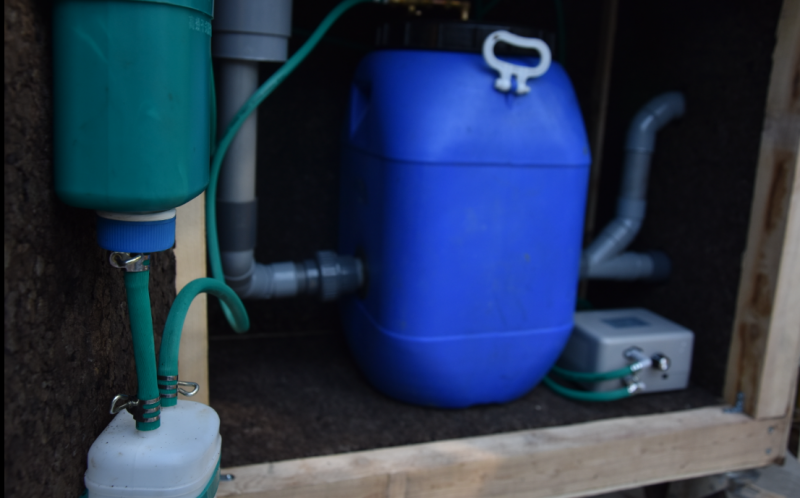
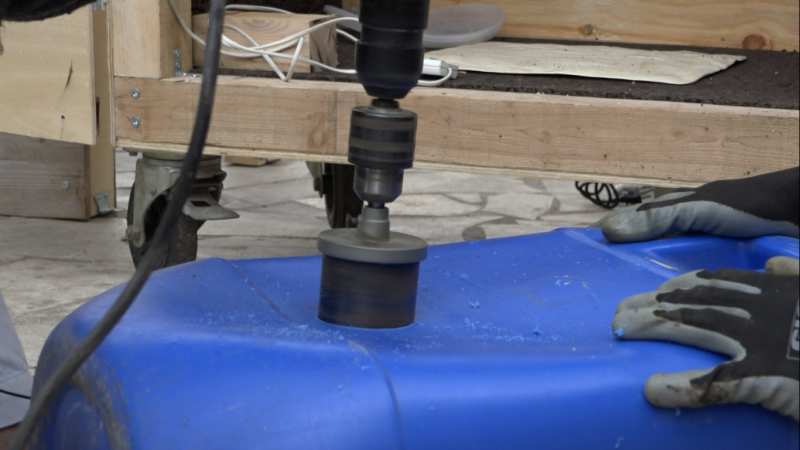
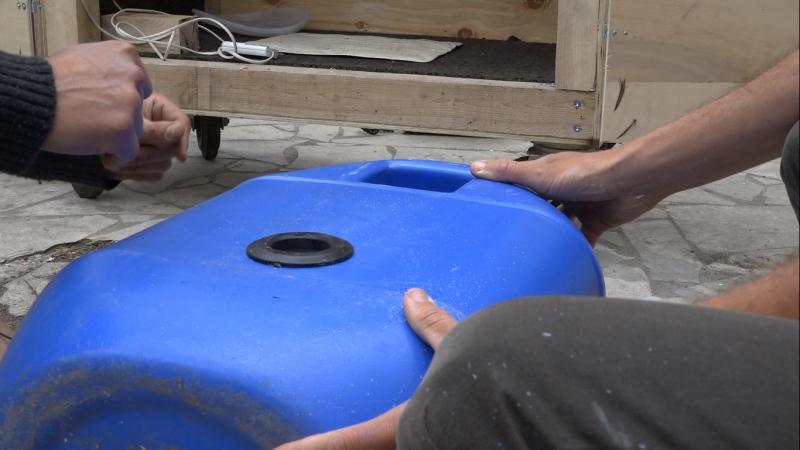
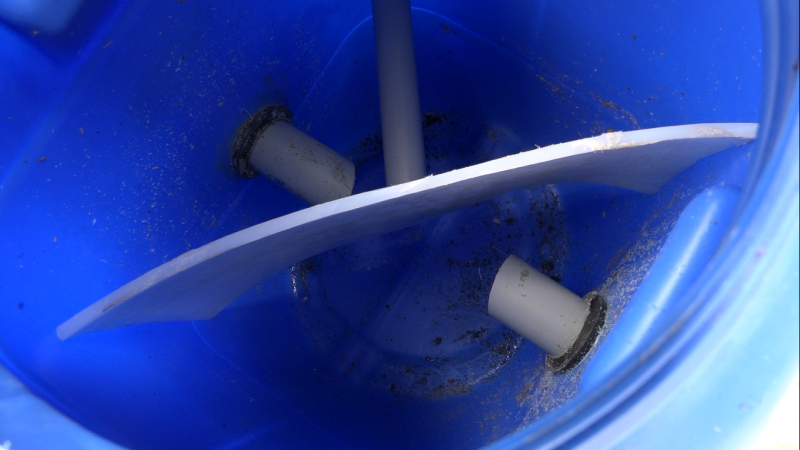
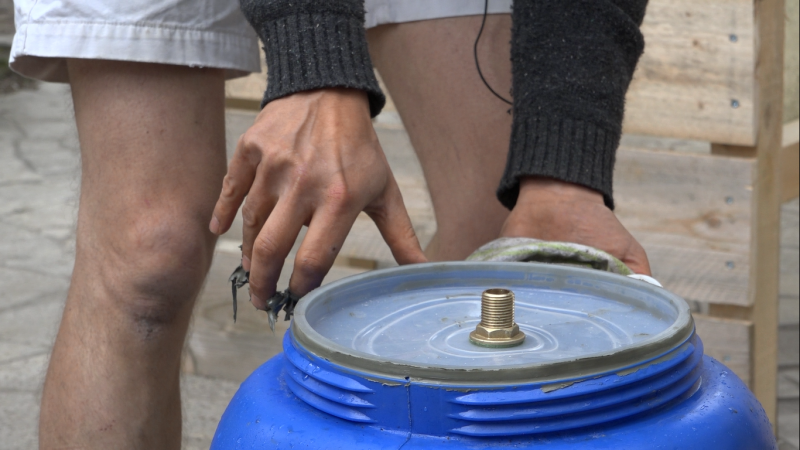
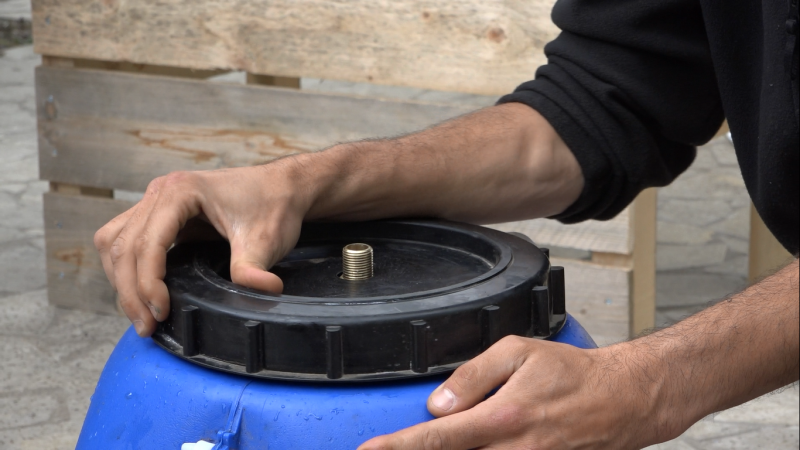
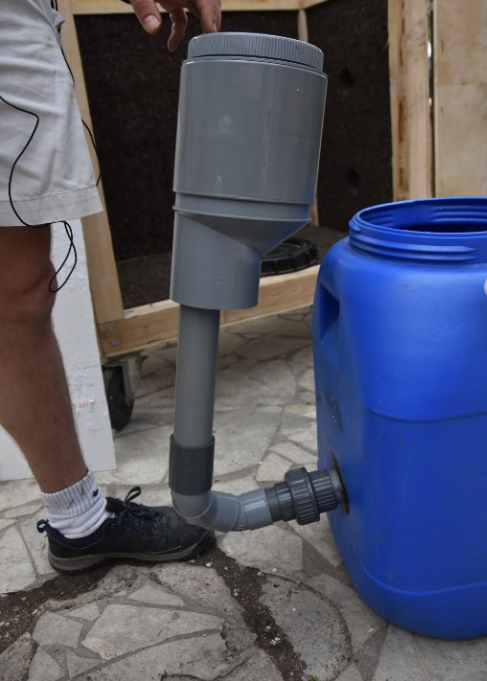
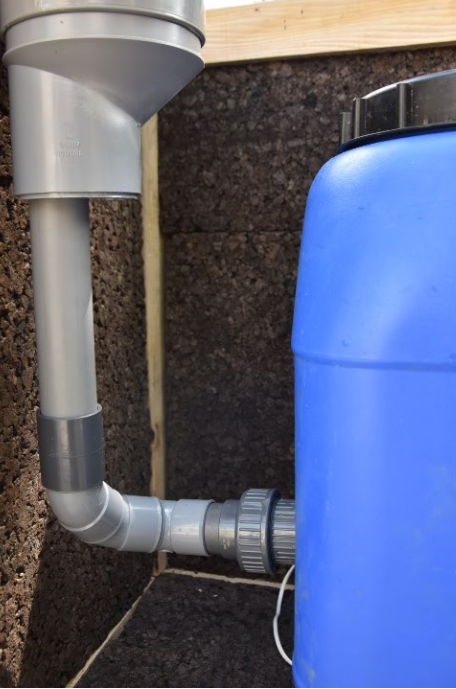
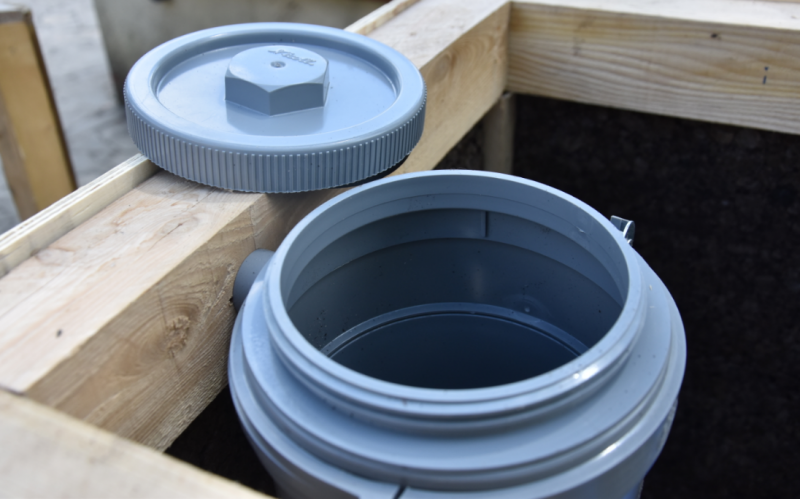
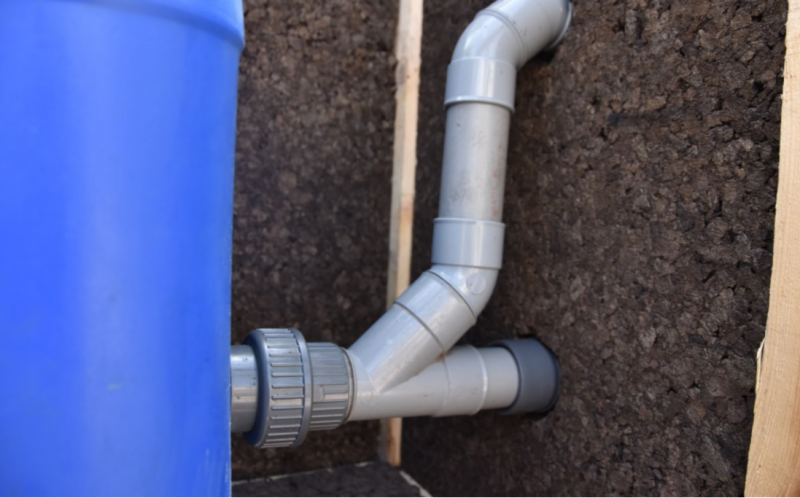
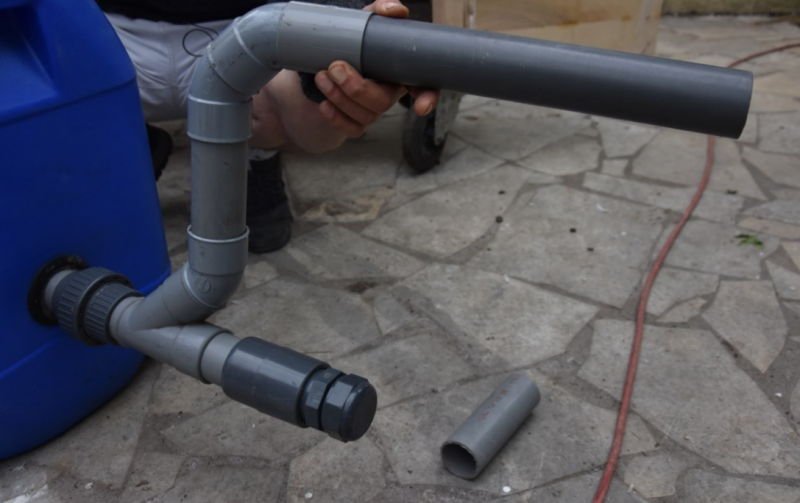
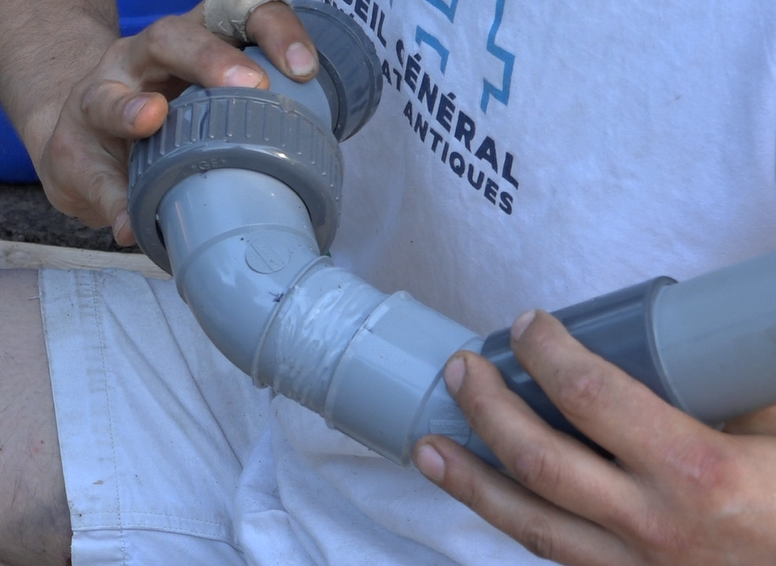
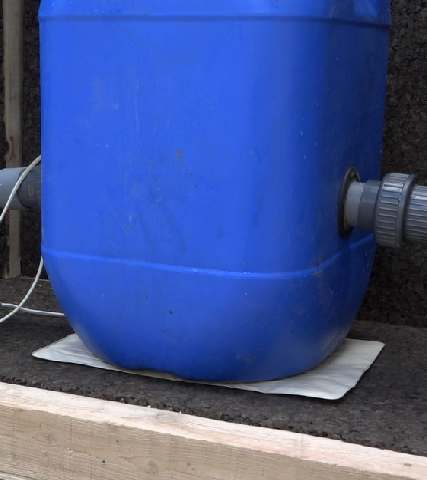
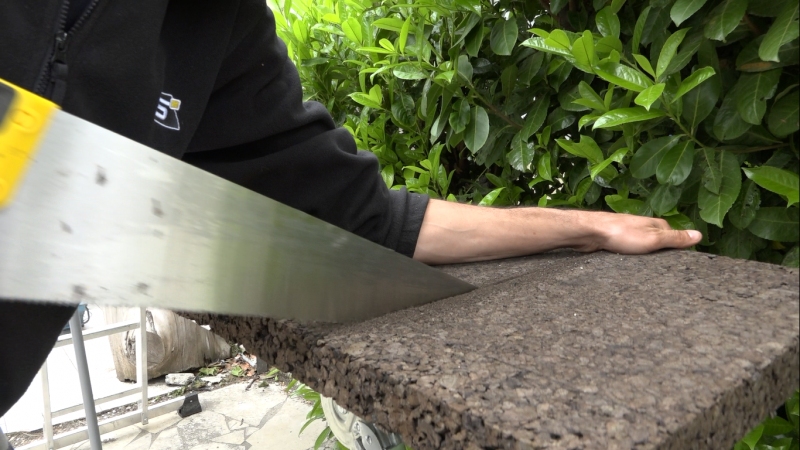
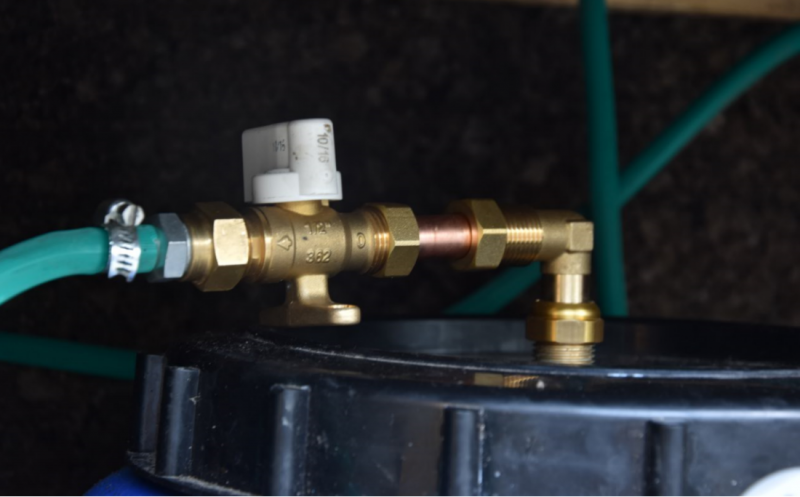
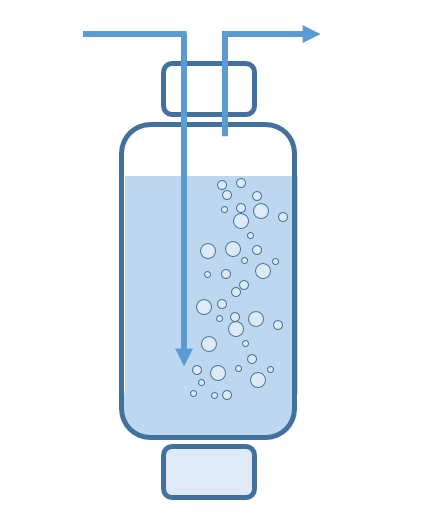
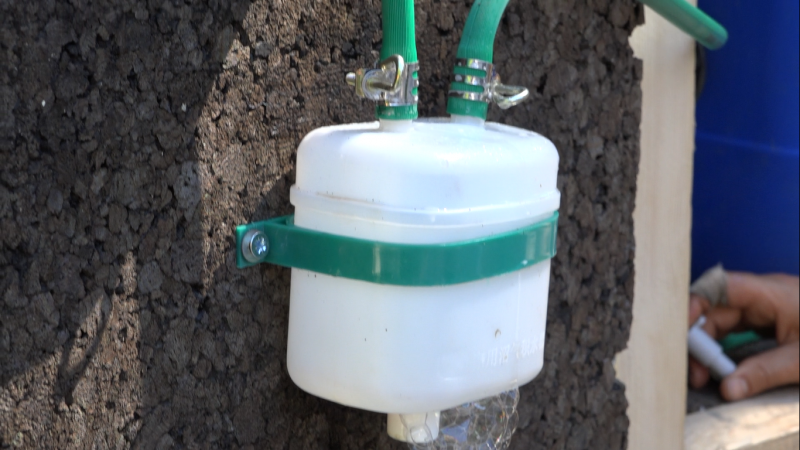
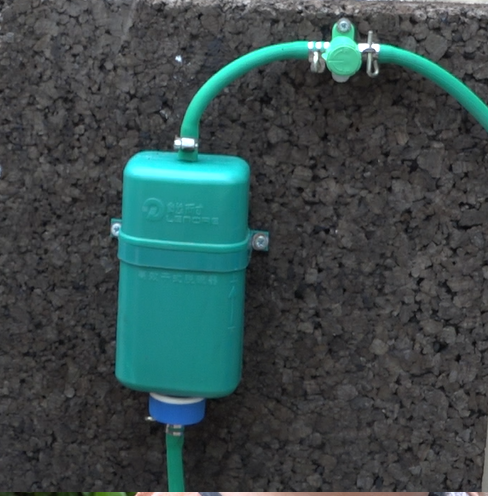
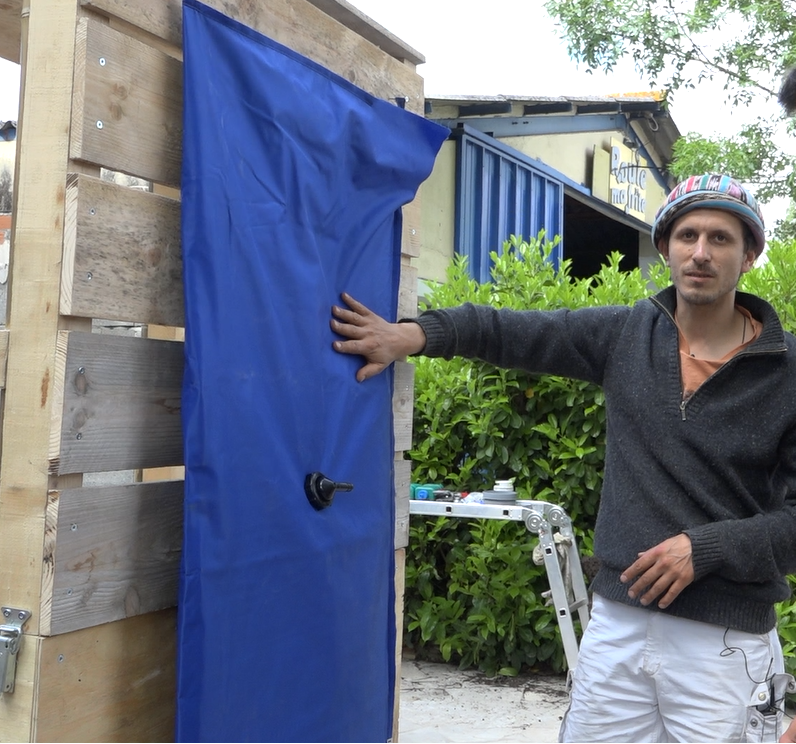
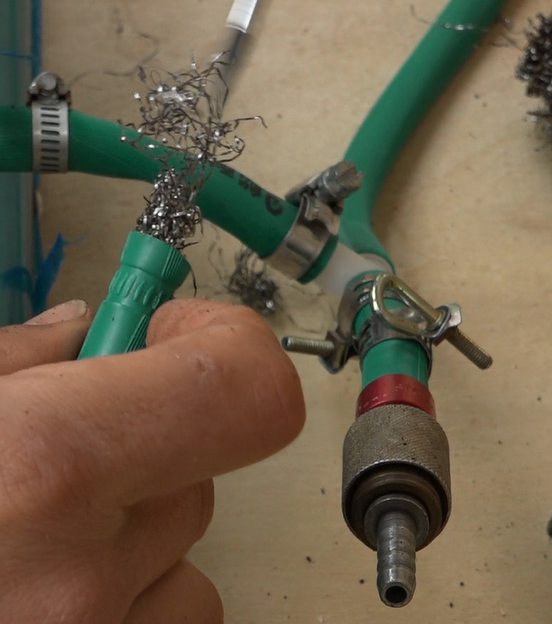
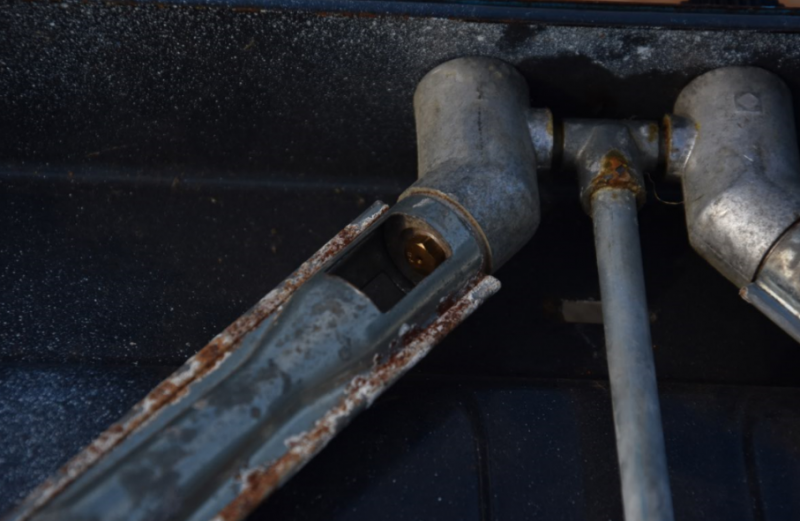
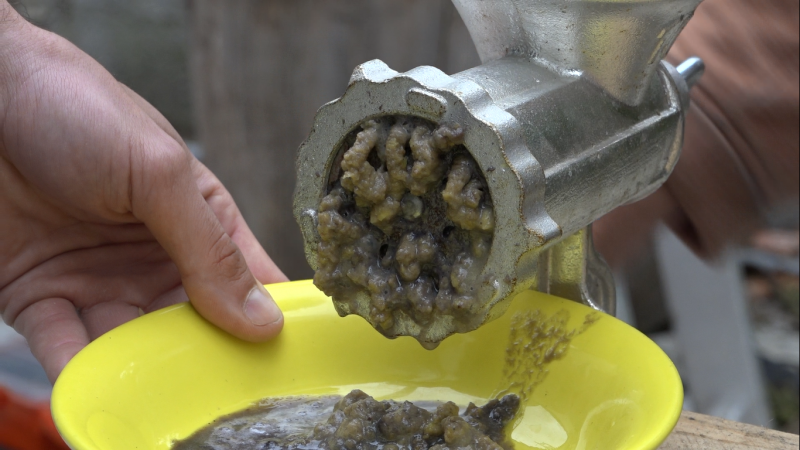
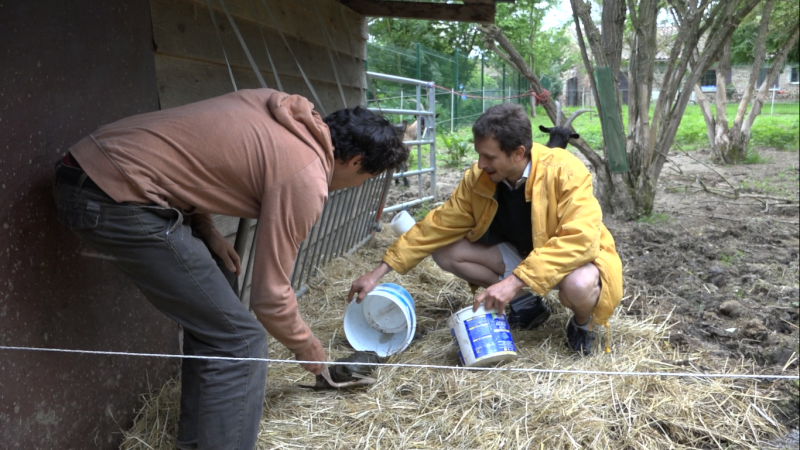
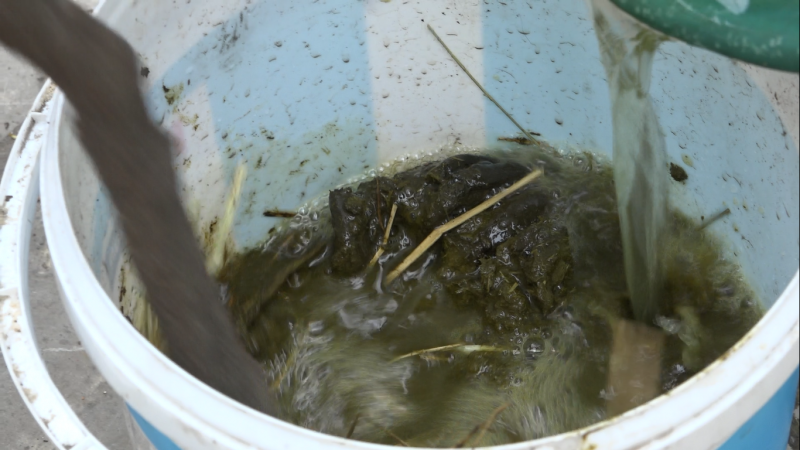
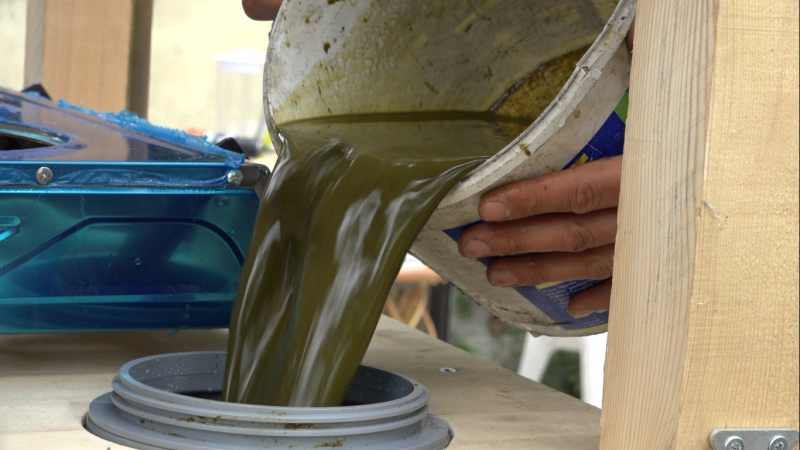
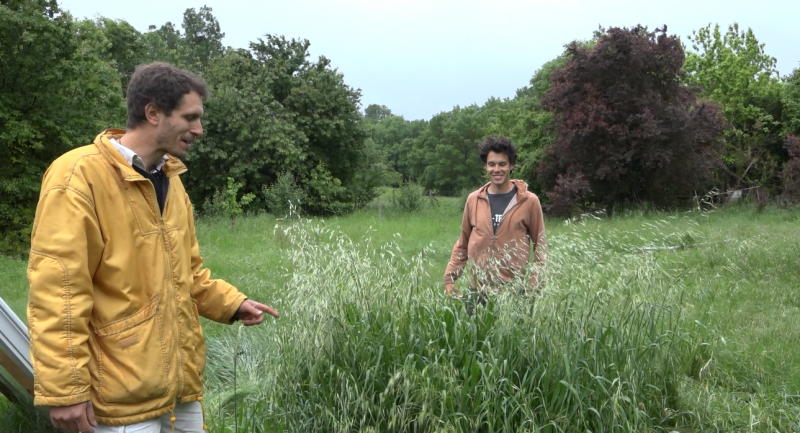
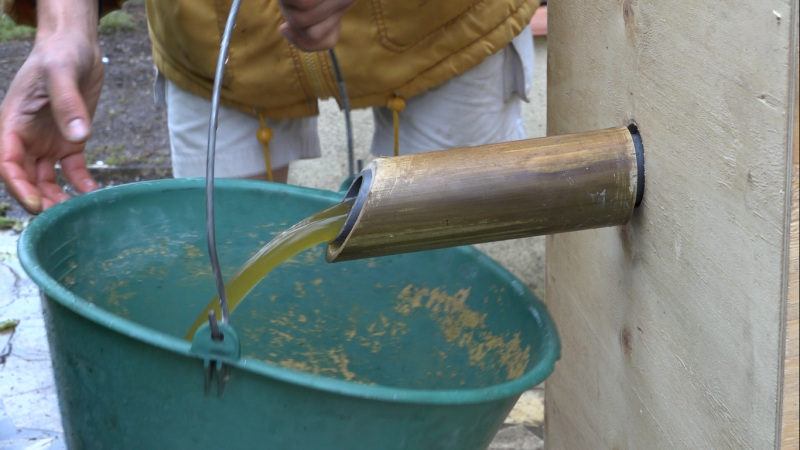
 Français
Français English
English Deutsch
Deutsch Español
Español Italiano
Italiano Português
Português